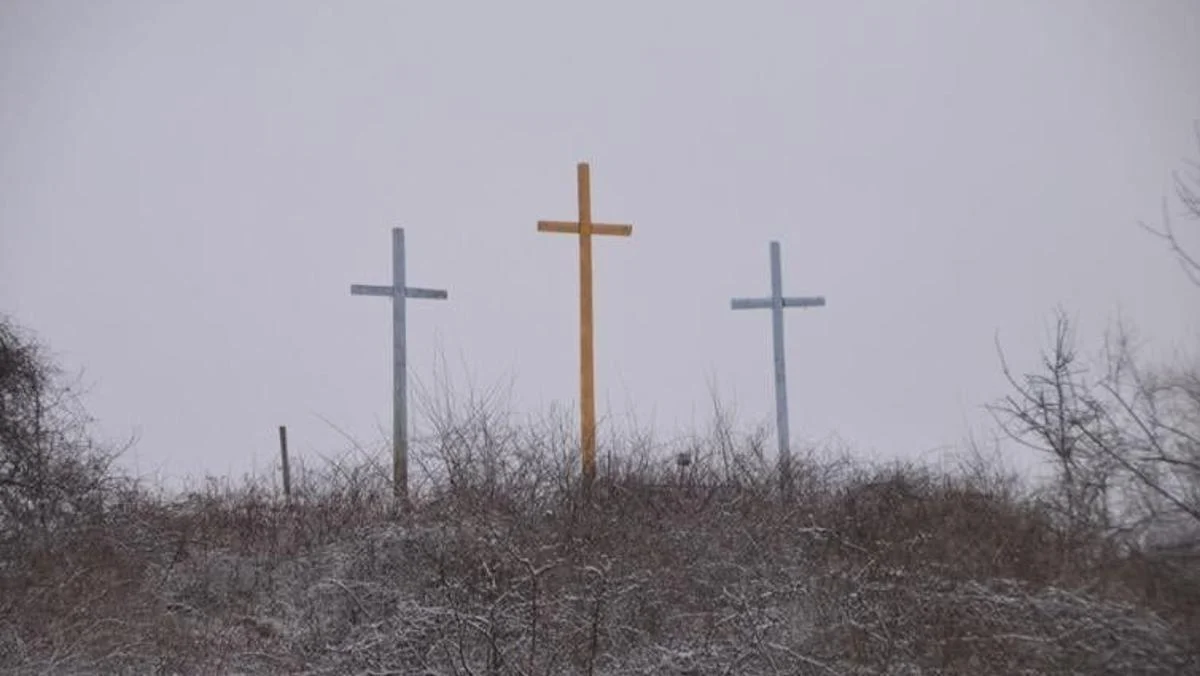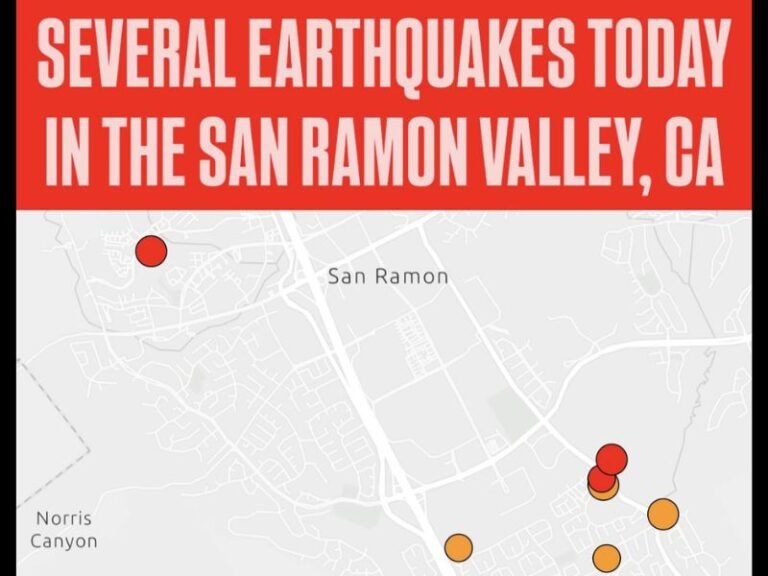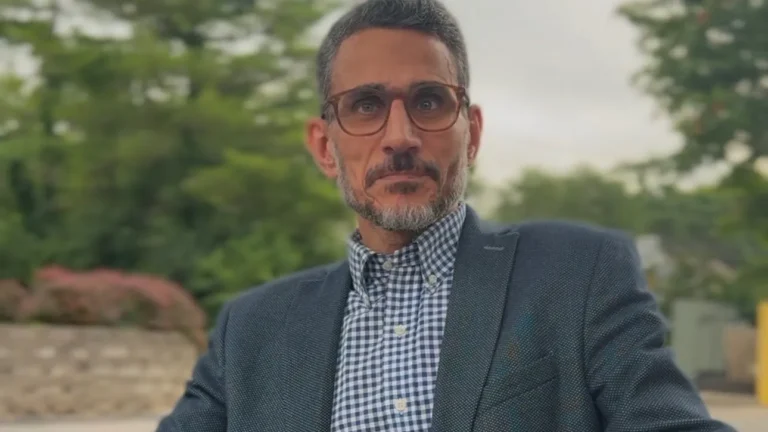The Story Behind the Three Crosses Seen Along Highways Across the South and Beyond
SUTTON, W.Va. — For decades, travelers along highways in the South and across the eastern U.S. have passed mysterious groupings of three crosses on hillsides. These iconic symbols — a gold center cross flanked by two blue ones — are the legacy of Rev. Bernard Coffindaffer, a West Virginia minister who believed God called him to spread the message of Christ’s crucifixion through these roadside installations.
A Spiritual Calling Becomes a National Mission
In 1984, Coffindaffer said he experienced a divine epiphany in the middle of the night. He didn’t see a vision, but he claimed to hear “the authority of the voice of God.” That voice instructed him to erect three crosses to represent Calvary — where Jesus was crucified between two thieves.
The first set was raised along I-79 near Flatwoods, West Virginia, and within a few years, Coffindaffer had established hundreds more, using $3 million of his own money to launch the nonprofit Cast Thy Bread Inc.. He sold off his coal-washing business to fund the project. (West Virginia Explorer)
Why Gold and Blue? The Meaning Behind the Colors
Each trio featured a 25-foot gold-painted center cross and two 20-foot blue crosses on either side. The gold symbolized royalty, while blue represented the Earth, according to Coffindaffer. Most were installed on hilltops or knolls, echoing Golgotha, the biblical hill of the crucifixion.
Many of the sites, like the crosses above the Kanawha River near Gauley Bridge, became local landmarks and are now among the most photographed spots in West Virginia.
Growth, Decline, and Legacy
Between 1984 and Coffindaffer’s sudden death in 1993, more than 1,800 sets were placed across 29 states and overseas locations such as the Philippines and Zambia. After his passing, a group called Crosses Across America Inc. attempted to maintain the installations, but the official website has since gone dark and many of the crosses have fallen into disrepair.
In West Virginia alone, dozens still stand — though some are now tilted or weathered. A particularly famous set towers over U.S. 19 near Herold Road in Sutton, where a memorial was once planned but never completed.
A Personal Faith That Reached the Masses
Coffindaffer came to faith at age 42, became a Methodist minister, and later earned an honorary doctorate. Though some saw his project as eccentric, many others recognized his unwavering commitment to spreading the gospel through a visual symbol seen by millions of travelers every year.
His crosses remain a quiet reminder of faith, sacrifice, and public witness — standing tall in pastures, beside rivers, and along freeways across the heartland of America.
Have you spotted a set of Coffindaffer’s crosses during your travels? Share where in the comments, and follow Saluda Standard-Sentinel for more stories of faith, culture, and Southern heritage.







